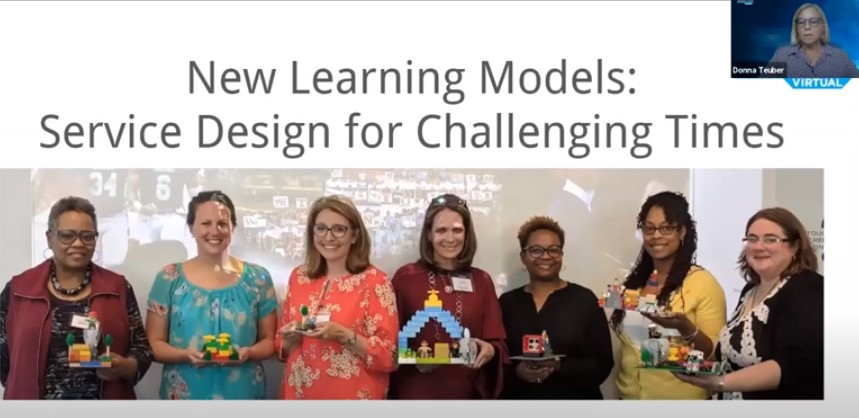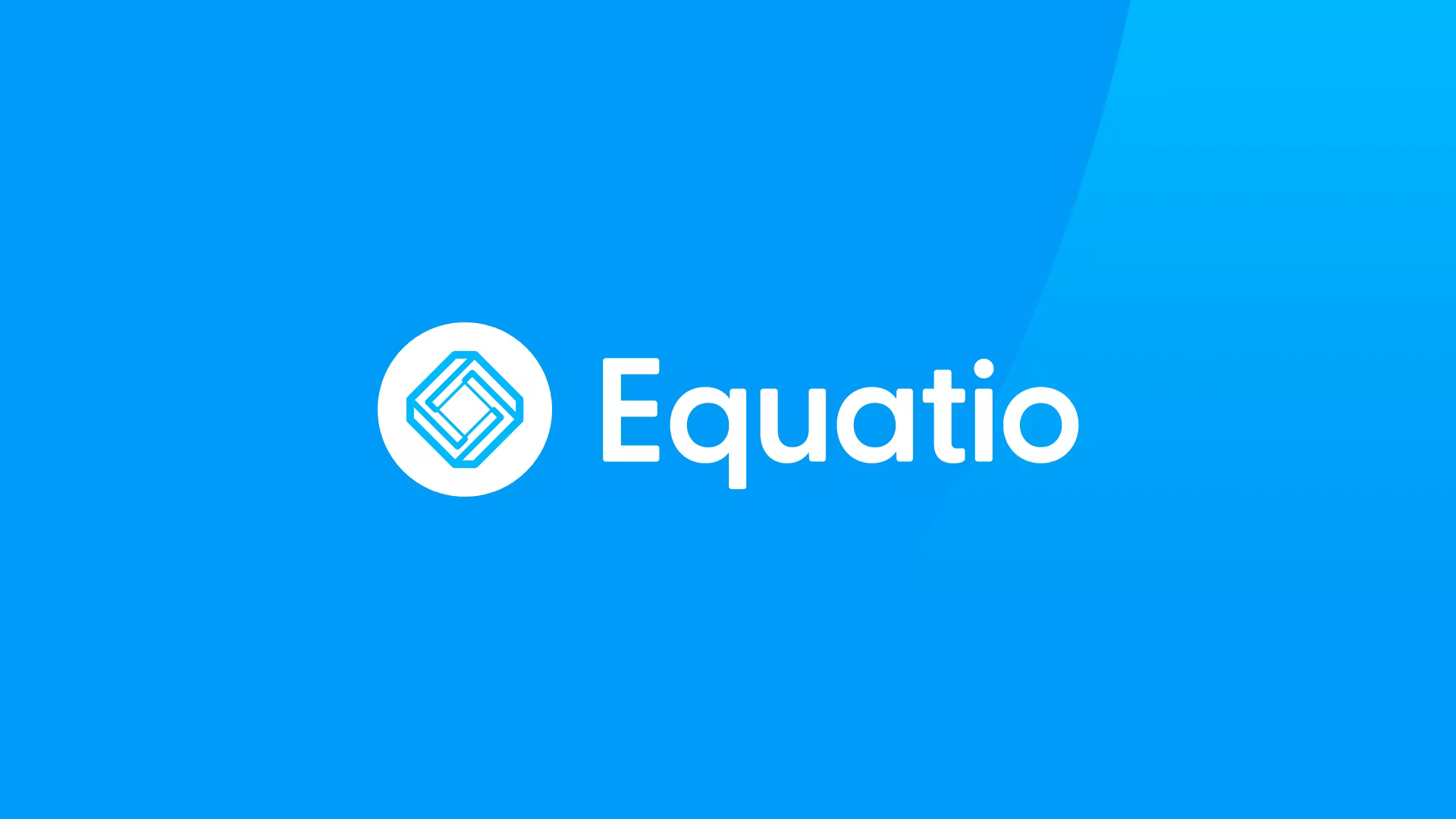New Learning Models for Challenging Times
Use a service design model to find new ways to deliver school services during times of change.

There’s no time like the present to consider new learning models, according to Donna Teuber, K-12 innovation consultant.
During Tech & Learning's recent Virtual Summit, Teuber shared that she had been teaching teachers remotely for most of the past year. Over the last six months, she has been training teachers who are not comfortable with technology on how to make the transition to remote learning. Teuber worked in Richland School District Two outside Columbia, South Carolina, until a year ago, so she has plenty of empathy for educators who are struggling to transition to technology-infused teaching.
See the full session here
As an educator working with design thinking and innovation for the last ten years, Teuber believes this moment is an opportunity to take the best of what we have currently and incorporate it into a design for the future. It is time to create new ways of defining problems with empathy and then to prototype and test them. Teuber recommended thinking about what teachers and schools offer from a service mindset.
Every educator’s role is changing, there are new rules for almost everything in virtual learning scenarios. Collectively, we need to think about how to get unstuck and move forward in this moment. A need exists to redesign school services, such as serving meals, meeting state mandates, and giving teachers planning time. “To make new changes stick,” said Teuber, “we have to first become unstuck from the ineffective systems that we’ve created.”
Currently the pandemic is forcing schools to make changes to respond to the needs of students and teachers, and there is a design process uniquely suited to this moment.
The Service Design Process
Teuber recommends using a service design process to think about how to solve current problems. This root cause analysis works well when bringing together a team—even on Zoom.
Tools and ideas to transform education. Sign up below.
Think of the process as a tree with the tree representing the problem: The impact of the problem is in the branches above and the cause of the problem is in the roots below the surface. In considering a new challenge, such as how teachers balance asynchronous and synchronous learning when students are fully remote, Teuber suggests asking “Why?” five times in succession to drill down to reveal the actual problem. Each “why” gets you closer to the real root of the problem.
The service design process within learning environments means reviewing a service with a specific mindset and tools, according to the Learning Space Toolkit. You want to consider the service from the customer’s perspective, focusing on users and their needs first, and working iteratively with steps and tools. An initial step is to clarify who the service is being designed for. Then teams work through the five-step service design process together:
- Vision—values, philosophy, and goals to provide direction and guide decision-making
- Personas—the motivations and behaviors of your users
- Location plan—determining what services are offered where, when, and by whom
- Journey map—mapping service use over time, and identifying touchpoints in the user experience
- Blueprint—guidance on delivery of a service across different channels for staff and systems
Teuber advises thinking about the key moments of the experience you want to create—such as a field trip. Instead of the current state of things, you are really looking at a future state. To be successful, what will things look like from the student/teacher/parent perspective when you recreate the field trip experience?
“Think about service design as the front of the stage,” says Teuber. “For example, think of Starbucks—what is going on behind the stage for the coffee buyer to have the best experience possible?”
Choose moments that are high value or unique that you can focus on to make the moment of service the best experience. Some of the current questions for schools are:
- How to have the best lunch experience while abiding by social distancing guidelines?
- How do schools still build community and opportunities for collaboration?
- How can we connect students socially at meal times, in the media center, or at outside recess?
Best practices for this process include:
- Discover needs through interviews, observations, and surveys
- Build a cross-functional team (beyond silos)
- Determine vision and goals for your program to inform your design process
- Use personas to guide journey mapping
- Focus on the key moments of service delivery
Everything in schools needs to be redesigned now, says Teuber. Focusing on the high-touch moments will make it more meaningful for everyone involved.
Resources
Annie Galvin Teich has more than 25 years' experience in education writing and publishing. She is an edtech industry expert in content marketing and copywriting. As a regular contributor to Tech & Learning she focuses on the information needs of district decision makers.
